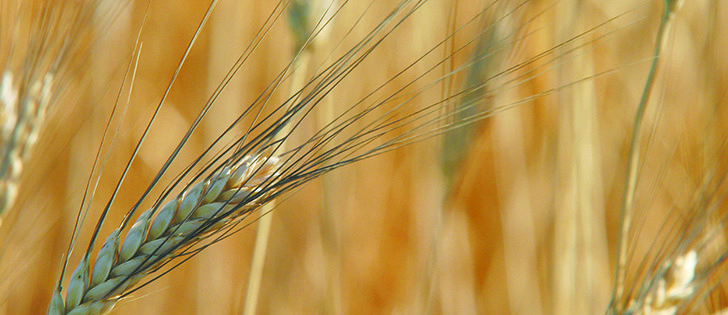INDIAN HEAD, Sask. — A single year between cereal rotations is not enough to combat disease, says plant pathologist Kelly Turkington.
Farmers are losing that first line of defence as rotations become tighter, the Agriculture Canada scientist told a recent field day at the Indian Head Agricultural Research Foundation.
“In the last five to 10 years, there’s been a dramatic shift in rotation to cereal-canola-cereal,” he said.
“That’s not great.”
That single year doesn’t allow enough time for disease residue to decompose, he added.
Read Also

Europe holds promise for Canadian lentils
Pulse Canada is trying to help boost lentil consumption in Europe, which is already the fourth largest market.
“You need at least two full years of a non-host crop.”
For example, ergot has been on the rise, and one possible reason might be that the short rotations are allowing the ergot fungus to live in soil either in fields or adjacent to fields. Ergot likes to live in grassy areas.
The second line of defence is disease resistance, which works only if farmers grow varieties that are resistant to the disease that is occurring.
“We don’t have varieties that have a complete set of resistance, especially of leaf diseases,” Turkington said.
Fungicide application is the third line of defence, particularly against leaf spot diseases in cereals.
The top three leaves of barley and the top two leaves of wheat are the most important in terms of yield.
Fungicide should be applied at flag leaf emergence to protect those leaves and preserve yield, he said.
Turkington said farmers like tank mixing fungicide and herbicide at an early stage because it reduces field, but research has shown this won’t protect those critical leaves.
“Spraying at the two to three leaf stage is just protecting the green leaf you can see,” he said.
Movement of the fungicide within a plant is limited, which is why the leaves most important for grain filling should be sprayed.
Turkington said there is more research interest in fungicide combinations that target two aspects of a disease life cycle for better control. This could also limit fungicide resistance.
Randy Kutcher, a plant pathologist from the University of Saskatchewan, said crop rotation and disease-resistant varieties are the two best tools against disease.
He is researching fungicide use in wheat and canaryseed.
Kutcher said stripe rust, which was a major concern a couple of years ago and then dropped off, is showing up again, particularly in Alberta.
Thirty-one winter wheat fields surveyed found six infected fields and two severe cases.
















